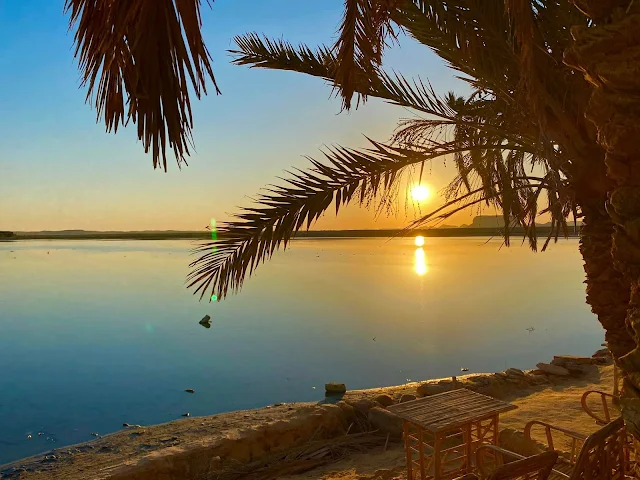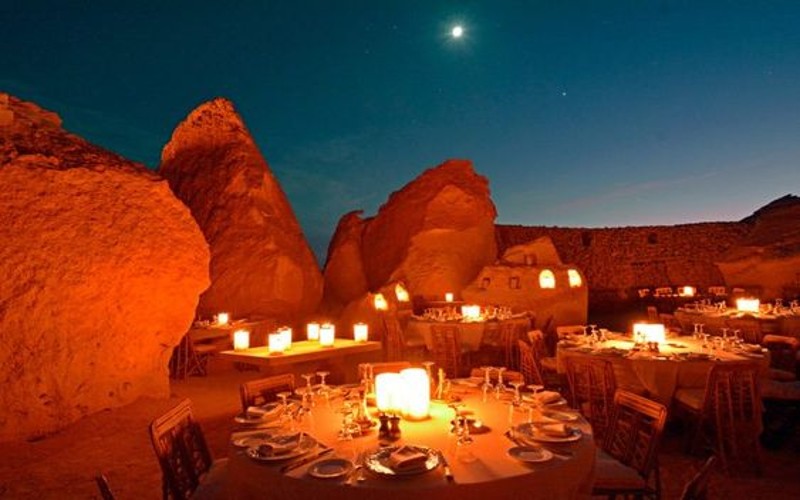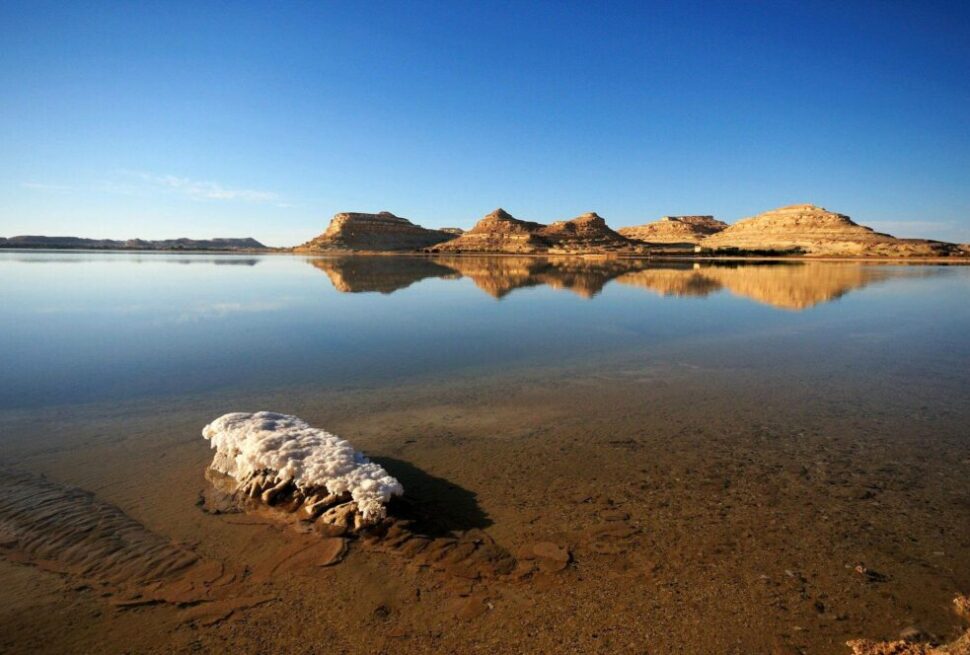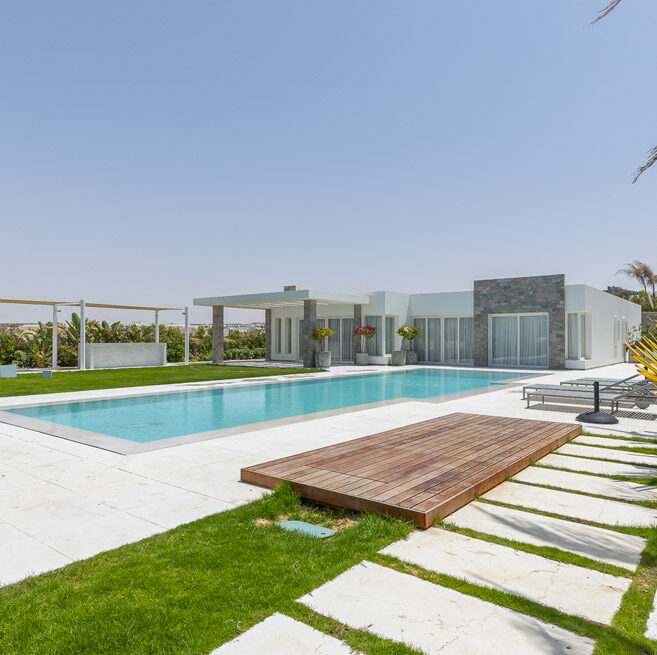
Introduction
Overview of Siwa Palm Groves
Nestled in the heart of the Egyptian desert, the Siwa Palm Groves are a breathtaking sanctuary of date palms and vibrant greenery. As I strolled through the shaded pathways, I felt the tranquility envelop me. These groves are not just a feast for the eyes; they are the heartbeat of Siwa Oasis.
Importance of Siwa Oasis
Siwa Oasis holds great significance both ecologically and culturally. It’s a unique ecosystem that provides:
- Sustenance: Enriched agriculture, particularly date production.
- Biodiversity: A home for various flora and fauna.
- Cultural Heritage: Preserving traditions of the indigenous Berber people.
Every visit is a journey through history and nature.
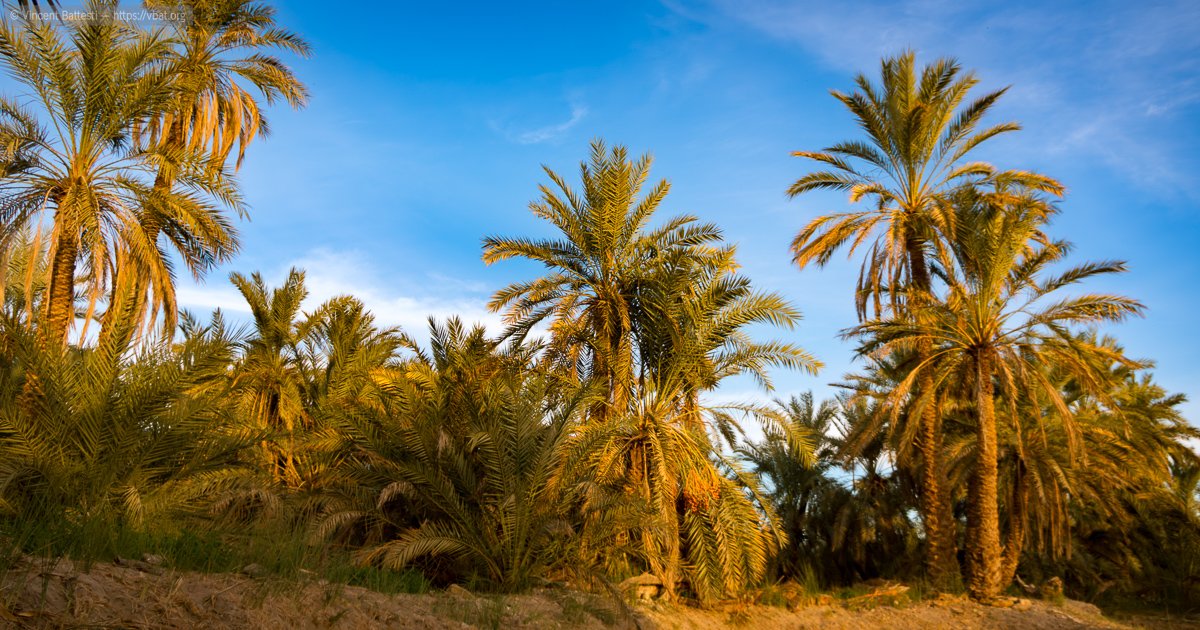
History of Siwa Palm Groves
Ancient Civilization in Siwa
As I explored the Siwa Palm Groves, I couldn’t help but feel the echoes of ancient civilizations that once thrived here. Dating back to Pharaohs, Siwa was pivotal for trade and spirituality. Walking among the date palms, I imagined traders bartering goods while the Oracle of Amun whispered secrets to wanderers.
Evolution of Palm Groves
Over centuries, these groves have evolved from mere survival spots into a thriving agricultural marvel. The evolution journey includes:
- Early Cultivation: Initially wild date palms were cultivated for sustenance.
- Modern Techniques: Integration of sustainable farming methods for better yields.
This blend of history and progress truly makes the palm groves a living testament to resilience.
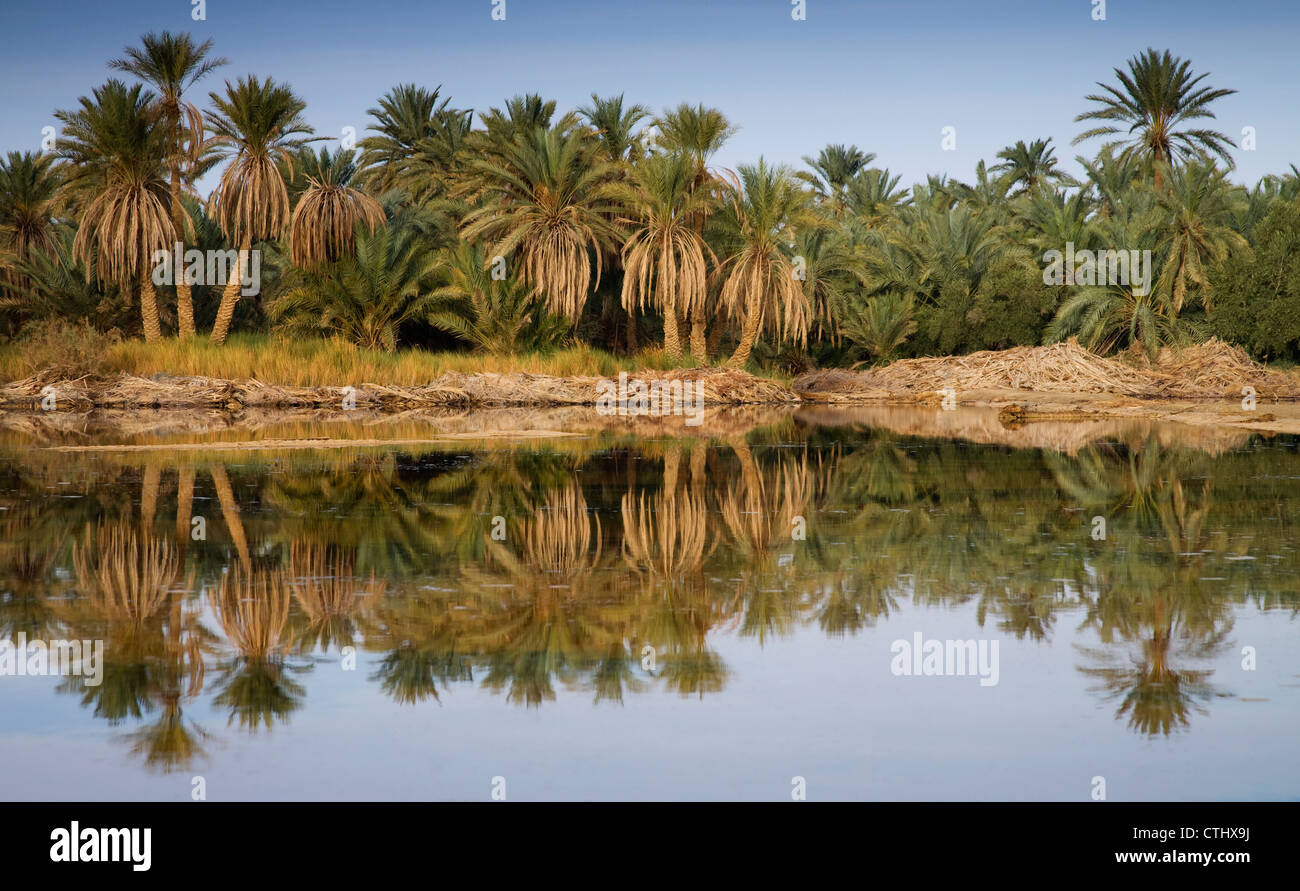
Biodiversity in Siwa Oasis
Flora and Fauna in the Palm Groves
Walking through the lush Siwa Palm Groves, I was astounded by the rich biodiversity that flourishes here. The groves are home to:
- Date Palms: The most iconic symbol of Siwa.
- Wildflowers: A vibrant display of colors during spring.
- Bird Species: Such as the Egyptian Goose, who grace the skies.
Each step revealed a new layer of life, showcasing nature’s artistry.
Endangered Species Conservation Efforts
With such richness comes responsibility. Conservation efforts are in full swing to protect threatened species in Siwa, focusing on:
- Habitat Preservation: Ensuring healthy environments for wildlife.
- Awareness Campaigns: Educating locals and tourists on the importance of preservation.
I felt inspired as I observed these initiatives—every effort counts in safeguarding this oasis’s delicate balance.Source: c8.alamy.com
Unique Features of Siwa Palm Groves
Natural Springs and Water Sources
One of the most captivating experiences in the Siwa Palm Groves was discovering the natural springs dotted throughout the oasis. These precious water sources not only sustain the lush vegetation but also create tranquil spots for reflection. I was mesmerized by the crystal-clear water bubbling up, a lifeline in the arid landscape.
Traditional Agriculture Practices
The agricultural traditions here are equally fascinating. Farmers have been crafting a sustainable way of life for centuries, relying on timeless techniques such as:
- Shaduf: An ancient irrigation tool used to lift water.
- Crop Rotation: Planting various crops to maintain soil health.
Witnessing a farmer meticulously tending to his palm trees reminded me of the deep connection between Siwa’s people and their land. It’s a living history that thrives in harmony with nature.
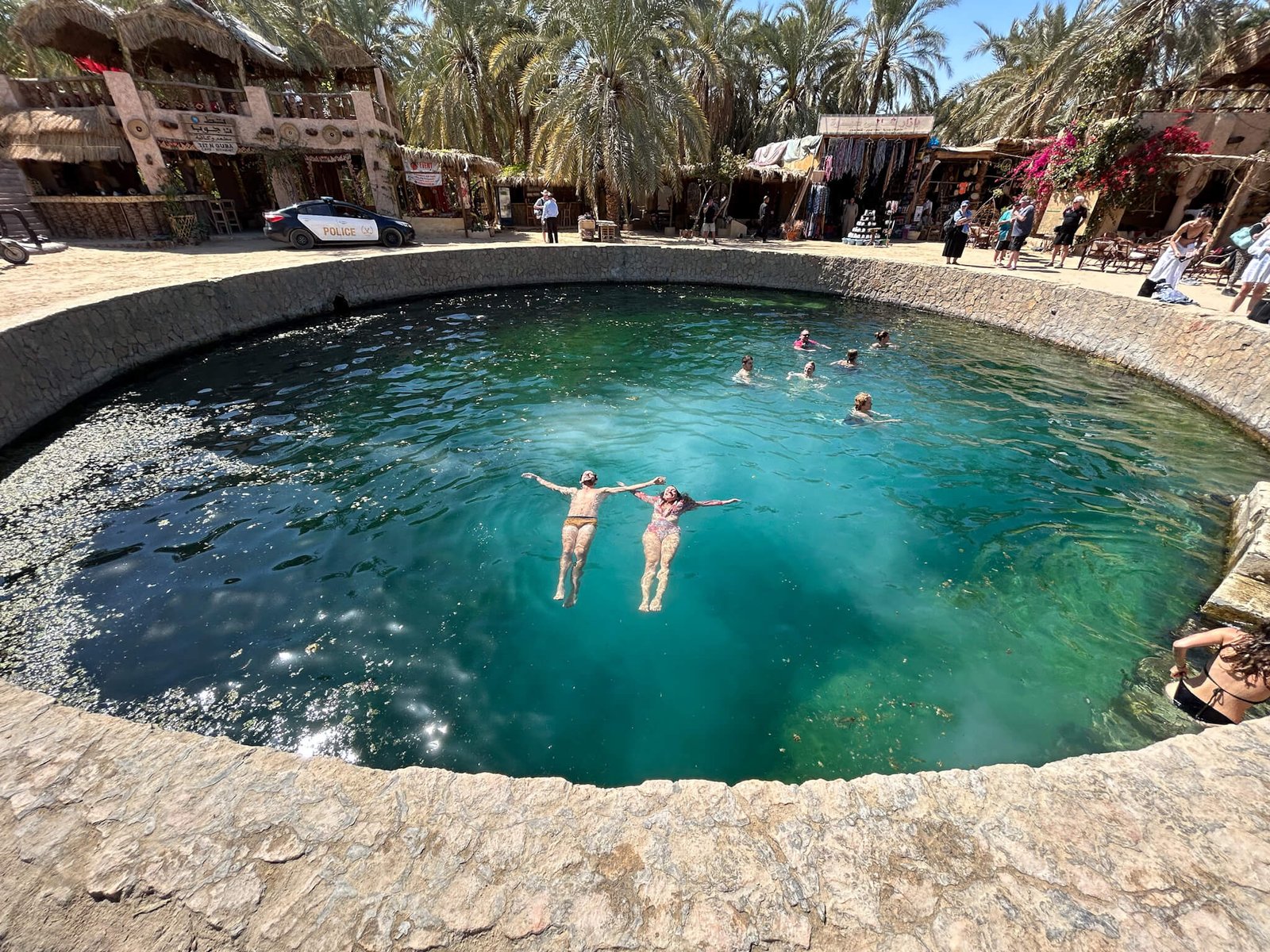
Recreational Activities in Siwa Oasis
Bird Watching and Wildlife Safari
One of my favorite experiences in Siwa Oasis was the bird watching opportunities. With countless migratory birds gracing the skies, I couldn’t resist the allure of spotting them. Whether it was:
- Flamingos: Gathering at the lakes.
- Eagles and Hawks: Soaring above the palm groves.
These creatures make every moment exhilarating! The wildlife safari allowed me to connect with the local ecosystem in a profound way.
Cycling and Hiking Trails
If you love adventure, Siwa’s cycling and hiking trails are not to be missed! Pedaling through the palm groves while the sun kissed my skin was invigorating. The trails offer:
- Stunning Views: Panoramic sights of the oasis.
- Cultural Encounters: Opportunities to meet locals along the way.
Every twist and turn revealed another layer of Siwa’s beauty, making it an unforgettable escapade.

Cultural Significance of Siwa Oasis
Indigenous Communities and Traditions
Experiencing Siwa Oasis was like stepping into a living tapestry of indigenous culture. The Berber community, with its rich heritage, profoundly shaped the oasis. As I wandered through traditional homes, I learned about their customs, including:
- Craftsmanship: Handwoven textiles and pottery.
- Cuisine: Savoring local dishes infused with unique spices.
Each encounter painted a vivid picture of their vibrant way of life.
Art and Music Festivals in Siwa
Siwa also pulses with artistic vibrancy, especially during its art and music festivals. Attending one was truly magical! I witnessed:
- Local Musicians: Showcasing traditional instruments and folk songs.
- Art Exhibitions: Celebrating the works of local artisans.
The energy and passion from the performers and artists left me enchanted, deepening my connection to this beautiful oasis.

Sustainable Tourism in Siwa Palm Groves
Eco-Friendly Accommodation Options
My time in Siwa Palm Groves was enriched by the eco-friendly accommodations available. I chose a charming eco-lodge made from local materials, which harmonized beautifully with the environment. These lodging options often feature:
- Solar Energy: Reducing carbon footprints.
- Natural Cooling Systems: Keeping rooms comfortable without AC.
I felt good knowing my stay supported sustainable practices.
Community-based Tourism Initiatives
Siwa also embraces community-based tourism, allowing visitors to connect deeply with the local culture. I joined a tour run by local families, where we shared meals and stories. Key aspects include:
- Cultural Workshops: Learning traditional crafts.
- Farm Visits: Gaining insight into sustainable farming methods.
This experience not only enriched my travels but also supported the livelihoods of the community, creating lasting memories and relationships.

Conservation Challenges and Solutions
Human Impact on Siwa Oasis
While the Siwa Oasis is a stunning paradise, it faces significant conservation challenges due to human activities. During my visit, I noticed issues such as:
- Over-Grazing: Livestock can damage delicate ecosystems.
- Water Mismanagement: Unsustainable irrigation practices threaten water sources.
These impacts made me appreciate the urgent need for protective measures.
Conservation Projects and Partnerships
Fortunately, there are inspiring conservation projects underway in Siwa. Local organizations and international partners are collaborating to restore the oasis’s health. Some initiatives include:
- Awareness Campaigns: Educating the community on sustainable practices.
- Reforestation Efforts: Planting native trees to restore habitats.
I felt hopeful witnessing these efforts. They embody a collective commitment to preserving Siwa’s pristine beauty for generations to come.

Planning a Trip to Siwa Oasis
Travel Tips and Recommendations
Planning a trip to Siwa Oasis? Here are some tips that I found essential during my journey:
- Pack Light: The desert can get quite hot, so breathable, lightweight clothing is a must.
- Stay Hydrated: Always carry water, especially when exploring the groves and trails.
- Local Currency: Having some cash on hand is helpful for local markets.
These small preparations can enhance your experience immensely!
Best Time to Visit Siwa Palm Groves
Timing your visit is crucial for an enjoyable experience. The ideal months are:
- March to April: Pleasant weather and blooming flora.
- October to November: Mild temperatures and fewer tourists.
Visiting during these times allowed me to fully immerse myself in the natural beauty and tranquility of the Siwa Palm Groves, making every moment unforgettable.

